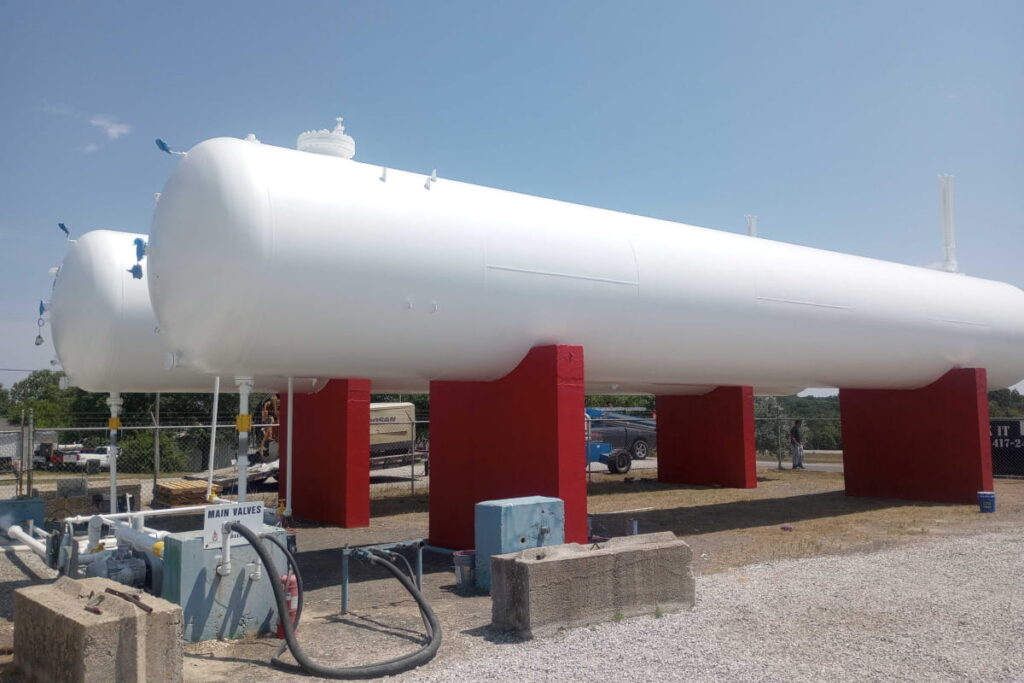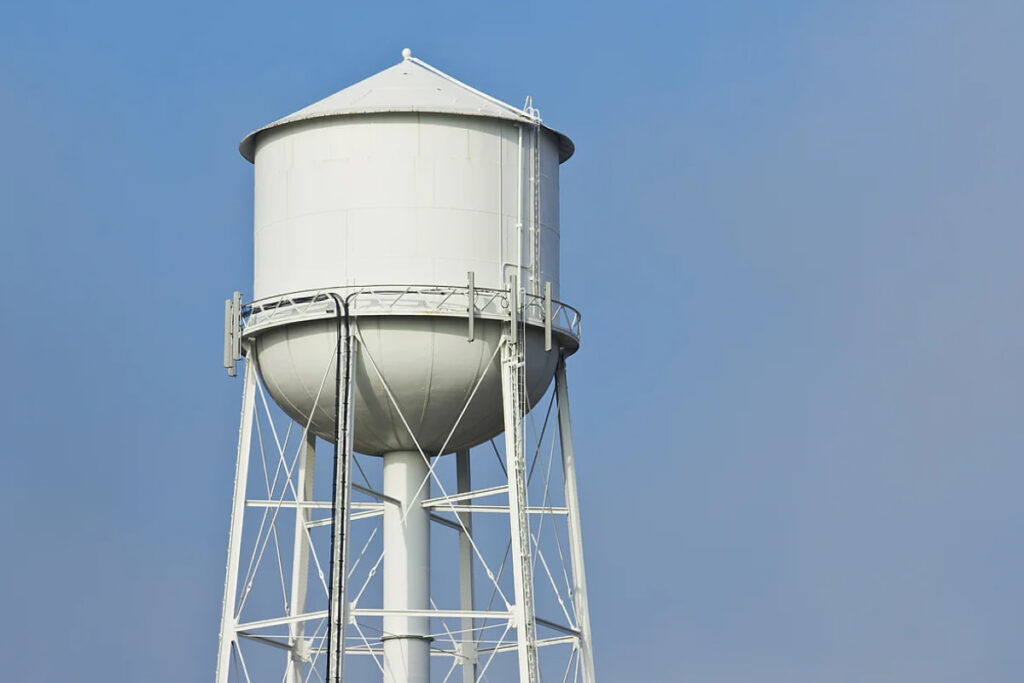Storage Tank Painting in Ohio & US Wide
We are a tried and true industrial tank sandblasting and painting contractors. Servicing nationwide.
We are certified experts that specialize in restoring vertical (VSTs), horizontal (HSTs) and aboveground storage tanks (ASTs), including water towers painting, propane tanks or fuel and oil tanks coating, agricultural tank painting, wastewater tank restoration and many more. Besides panting the the exterior, we can also provide Interior Tank Lining services.
Since our founding, restoring storage tanks has been our main focus. Through the years, we’ve spent thousands of hours working on tanks of all shapes and sizes honing and streamlining our service.
This resulted in a lean, highly efficient tank refurbishing process built around the philosophy of giving our clients the best quality product for their dollar, budget, and needs.
Send Your Request And Get A Free Quote
Our Clients

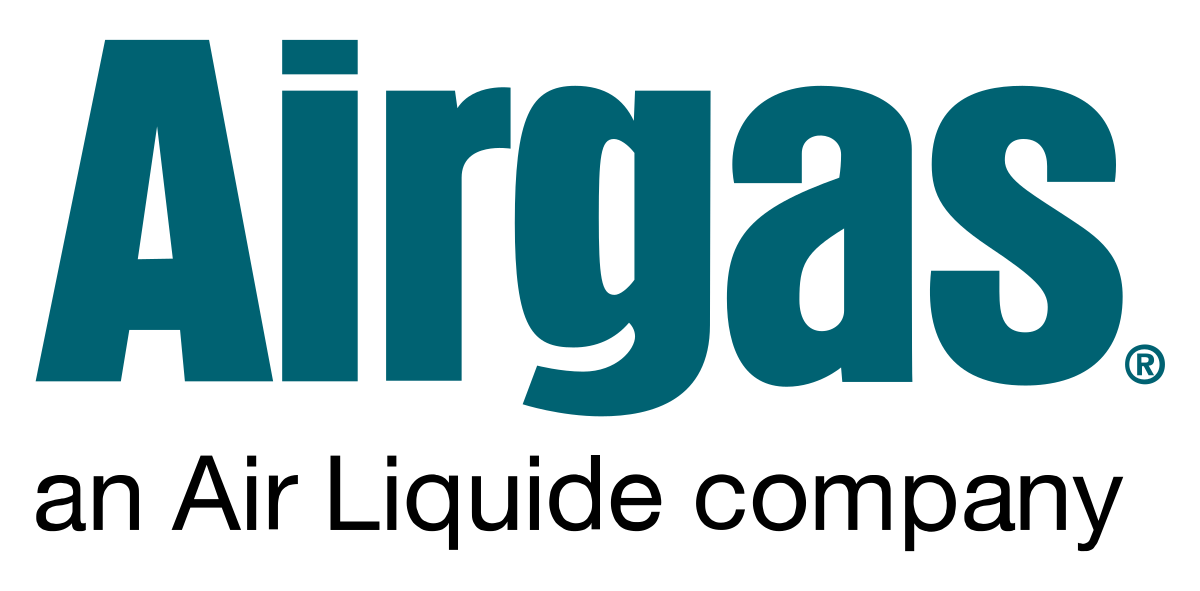

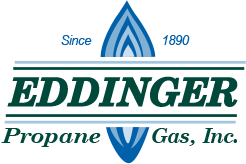


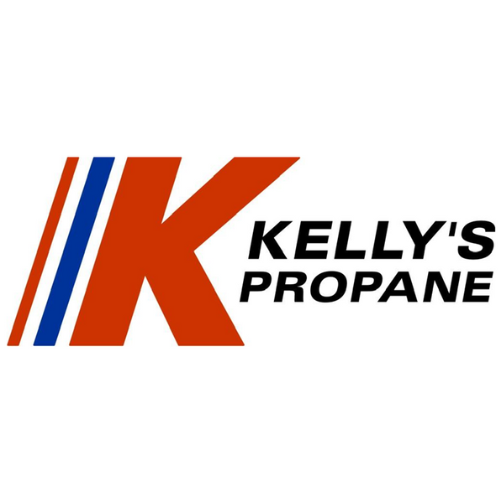

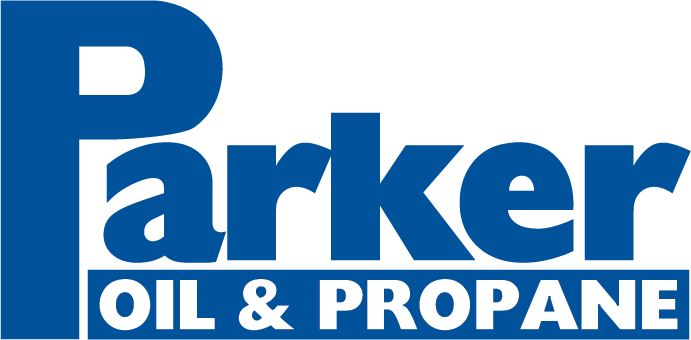
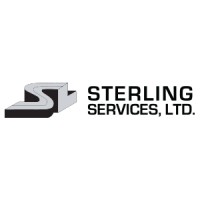


Do You Have A Tank That Looks Like This?
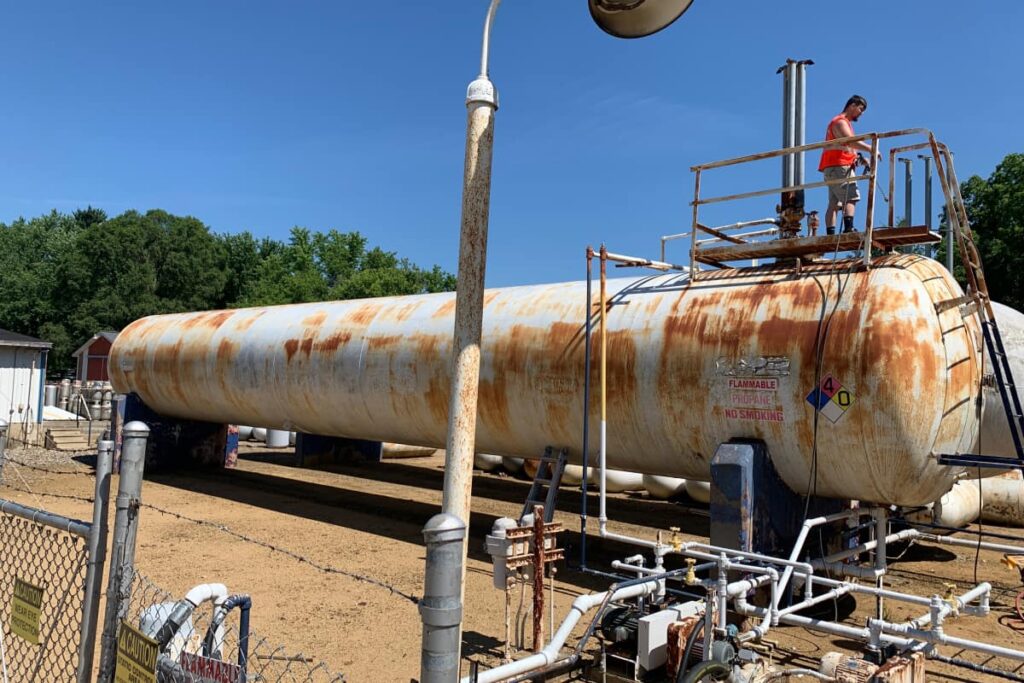

Our Tank Painting Services
Specialized painting services for fuel and oil tanks, ensuring durability and compliance with industry standards.

GROUND STORAGE TANKS
Ground storage tank painting services provide protection and aesthetic appeal for various storage needs.
Expert painting services for water towers, utilizing quality materials to withstand environmental conditions.
What Our Customers Say
Why Choose Us?
Nationwide Tank Painting
Over 5000 Tanks Restored
Preferred Contractor
Accident Free Safety Record
Best-In-Class Warranties
Zero Downtime Process
100% Eco-Friendly
Anywhere In The USA
Our Tank Painting Process
We first identify the previous substrate & assess the current coating condition looking for a certain degree or percentage of rust, level of mill scale, etc that can be visibly assessed. We compare the coating to SSPC Pictorial Surface Standards to determine the best course of action to properly prepare the surface (if not already specified.) and determine a proper containment setup (If necessary).
We typically start with SSPC SP 1 solvent cleaning; we remove all dirt, grime, oils, mildew, and other surface level contaminants for both inside and outside the tank structure.
For Commercial projects we blast to SSPC sp 6 standards or to the required spec. Once done, we measure surface profile, and test cleanliness (dust, soluble salts & chlorides) to make sure it meets specifications.
The exterior surface preparation will depend on the level of quality desired and/or our field observations of the current coating quality to determine which preparation specification to meet.
Before we start our tank painting process, we always check conditions such as relative humidity, moisture content, temperature, and dew point to make sure the conditions meet coating specification. Once optimal, we start the coating process.
Based on your tank, the region your in, type of tank, budget, and many other variables, we come up with the right coating system for your tank. We then coat to manufacturers recommended mil thickness or to the required spec. Throughout the coating process, our applicators use mil gauges to make sure we are meeting thickness specifications.
Once dry to handle, we double check dft to ensure we’ve coated your tank properly and test for holidays if necessary (it’s a process of inspecting the coating for small defects, flaws, or “holidays” – areas where the coating has not adhered properly, leaving the underlying material exposed.)
Tanks Are What We Do
With over 5,000 storage tanks restored, we understand various needs, tank types, schedules, and quality expectations. We’ve tailored our process to three main concerns: job site safety, tank downtime, and price.
Our philosophy is to provide the best quality product for your budget and needs. You won’t find a better service for your money.

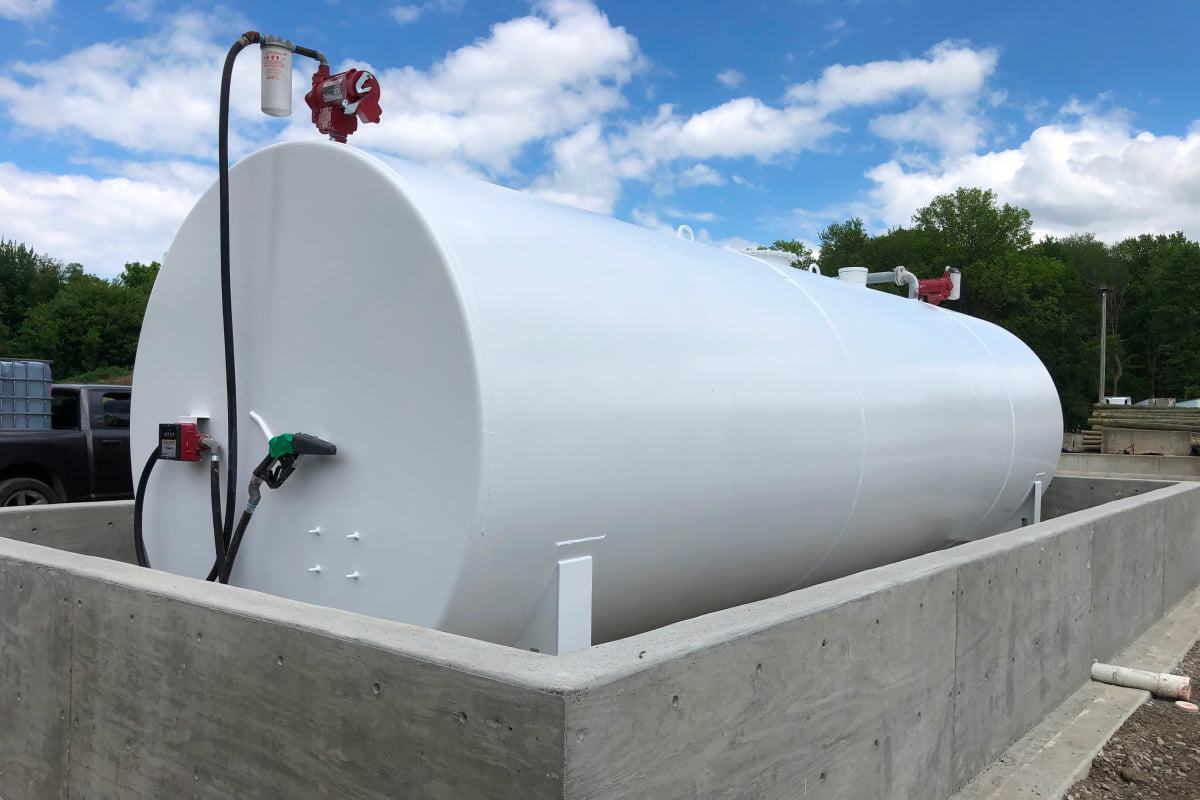
Quick turnaround & no Downtime
We know how important it is for your business to stay in operation, that’s why we make sure we get the job done fast and that you don’t experience any downtime.
For a typical 30,000 gal. LPG tank, you can expect an average turnaround time of only 2 days. We offer Dustless Blasting applications as well for more active sites where staying operational is critical.
Best-In-Class Warranties
With our expert restoration staff, top-of-the-line equipment, and use of top notch coatings. We’re very confident in our ability to give you a paint job that will last.
That’s why we offer some of the longest term warranties in the business.


Environmental Analysis
Whether your project is on along the coastline of the gulf coast weathering high winds and saltwater or they’re in the type of climate where they can experience all 4 seasons in a day.
In either situation, we take all factors into account and tailor-fit our coatings to best protect your tanks/assets and therefore give them the best possible protection.
We "Spec' To Protect
In order to deliver consistent, high quality, paint jobs time after time… we “spec” our projects to give you the best coating protection (when coating specs are not specified). We measure surface profile, before & after DFT, and test for holidays upon request.
We do this to ensure that our clients get what they paid for… a top quality paint job.

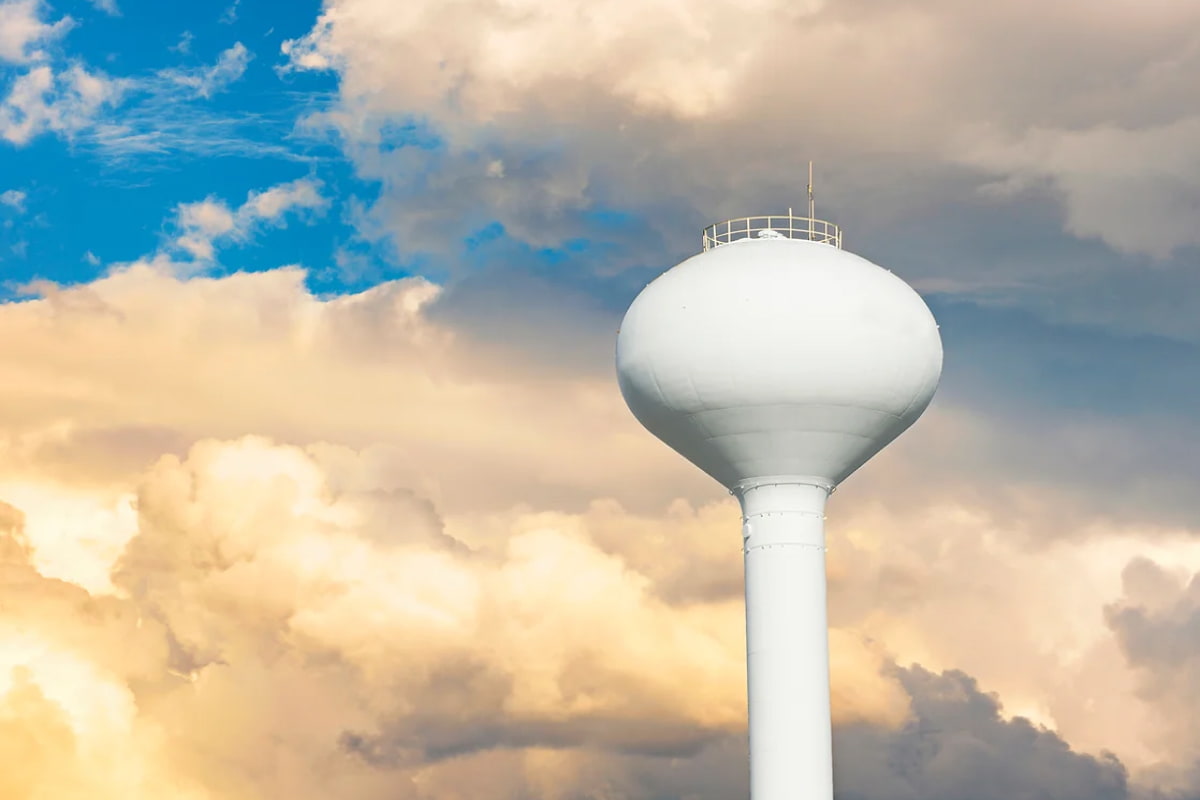
Accident Free Safety Record
We’re proud to say that we’ve had no major recorded accidents for as long as we’ve been in business. We’re committed to keeping our employees, our clients, the public, and the environment safe.
We attribute this to our knowledge and years of experience working with many different fuels & gasses, our safety equipment, our safety processes & procedures, and our commitment to using only environmentally friendly silica-free blasting materials.
Let’s talk about your tank painting project - send your request now!
Tank Painting - Your Curious Queries
Determining when tanks should be repainted depends a lot on these four factors:
- Condition of the existing coating system of the tank.
- Cracking – peeling – flaking coatings
- The costs associated with a coating failure; (i.e. costs of tank downtime, costs of delays, costs of fines, and the cost of the liabilities that may come with a coating failure)
- Tank Environment:
- Where is the tank geographically located – Environmental variables that can affect coating longevity are affects such as the amount of UV exposure from the sun, hold & cold temperature swings, salt water, proximity to salted roadways, proximity to sandy/dusty areas with frequent winds (could slowly erode coating), proximity to certain chemical plants/operations, etc.
- What contents are being held in the tank? The more corrosive the contents, the more likely you will have issues with corrosion and therefore will determine how frequently you will need to budget for another coating/lining application.
- Quality of the prep & coatings chosen for the new paint job
The answers to these 4 questions will help in determining the frequency and the level of quality for each proceeding paint job. A good rule of thumb for you typical storage tank exterior is around 20 years after one of our coating systems are applied – SSPC SP6 commercial blast spec, has one coat of zinc-rich epoxy primer, one intermediate coat of epoxy, and a finish coat of polyurethane.
For example:
If a tank has issues with paint flaking every other year or every couple years and the way it was restored each time was a basic pressure wash and overcoat, it’s very likely from our experience that the reason for such a premature paint failure is due to improper prep and application from the previous paint job. A typical coating system on a tank exterior that has an estimated life of around 20 years is one that was sandblasted to an SSPC SP6 commercial blast spec, has one coat of zinc-rich epoxy primer, one intermediate coat of epoxy, and a finish coat of polyurethane.
There are several safety variables and procedures to consider when working with storage tanks. When we first start a project, we start by identifying all Jobsite Hazards going through our JSA Forms. We go through all the tasks we’ll be performing throughout the project and assess the hazards for each task; i.e. confined space entry; checking gas monitors to make sure they’re calibrated, identifying entry/exit, identifying where to lockout/tagout, rescue plan.
We’ll do this for every task including tasks not directly related to the project such as forklift operation safety and laborer safety and consult with plant staff to see if there’s any additional hazards to consider.
In addition to the JSA forms, it’s necessary to conduct lockout/tagout/tryout on the tank throughout the project, confined space entry safety procedures (if applicable), fall protection and rescue plan, PPE check, respirator fit tests on personnel prior to arrival, equipment safety check; (verifying the date last certified for service on personnel lifts, checking for visual safety issues on all equipment types), clean breathing air filters and breathing air gas monitors, ventilation systems are properly setup to allow proper ventilation (if applicable).
In addition to the above we’ll also consult with plant staff on job-site specific plan for fire safety protocol and our Emergency Action Plan.
Absolutely! Painting can prevent corrosion by providing a protective barrier against corrosion causing elements: water, salts, chlorides, oxygen, etc. Proper surface preparation, along with using the right type of coating for your application, is crucial for effective corrosion protection and extending the service life of your tank or asset.
There’s a great degree of variance here as it all depends on these 3 things:
- Condition of the existing coating system on the tank
- Tank environment
- Quality of prep and coatings chosen for the new paint job
Low quality paint jobs for a tank typically involve a basic pressure wash of the exterior, spot priming areas showing clear corrosion issues, then overcoating with a coat of oil based enamel paint. Typically these paint jobs will last 1-5 years with most averaging 1-2 years.
Good quality paint jobs for a tank typically involve sandblasting to a commercial blast spec SSPC SP6 and priming the entire surface with a coat of epoxy and a coat of high solids polyurethane. These paint jobs will typically last 15-20 years, with most averaging around 18 years.
Great quality paint jobs for a tank typically involve sandblasting to a near white blast spec SSPC SP10 and priming the entire surface with a coat of zinc rich primer, a coat of epoxy and a coat of high solids polyurethane. These paint jobs will typically last 25-30 years, with most averaging around 27 years.
At Markley’s Precision we offer only The Best paint jobs on the market, which involve sandblasting to a near white metal blast spec SSPC SP10 or for the best blast a white metal SSPC SP5. These tanks are then coated with a coat of zinc rich primer, 2 coats of epoxy with an additional stripe coat along the welds, and 1 coat of hydroflon polyurethane topcoat. These paint jobs have an anticipated life of 50 years.
Yes, environmental considerations include:
- Choosing low-VOC (Volatile Organic Compounds) paints to reduce air pollution – check with your local coatings rep or contractor to see what’s allowed in your state.
- Ensuring proper disposal of paint waste and cleaning solvents.
- Considering local weather conditions for optimal painting and drying times.
- Selecting coatings suitable for the specific environmental conditions (e.g., UV-resistant paints in sunny areas).
- Also, environmental variables can affect coating longevity such as the amount of UV exposure from the sun, hot and cold temperature swings, salt water, proximity to salted roadways, proximity to sandy/dusty areas with frequent winds (could slowly erode coating), proximity to certain chemical plants/operations, etc.
In addition to the above, testing the existing coating for lead based paint is recommended, chat with your contractor or local coatings rep to see what coatings should be used based on where your tank is at or what it’s storing.
Darker colors absorb more heat, potentially increasing the tank’s internal temperature. Lighter colors (e.g., White, Light Gray, Beige) reflect more sunlight, keeping the tank cooler. This can be important for temperature-sensitive contents and in areas with extreme temperatures. Also the glossier the coating, the better it will reflect the sun’s rays and heat.
For small, non-industrial tanks, a DIY approach might be feasible. However, for larger, industrial storage tanks, it’s advisable to hire professionals due to the complexity, safety requirements, and need for specialized equipment and expertise.
For Tank Exteriors the maintenance includes:
- Regular cleaning to remove dirt and debris – Via a low psi pressure washer (3500 and below), outdoor bleach and a good surfactant such as Eaco Chem’s Cleansol BC or Simple Green – depending on height, this is something you may want to consider contracting out to a company familiar with tank cleaning at various heights.
- Inspecting for and promptly repairing chips, cracks, or peeling.
- Monitoring for signs of corrosion or wear.
- Ensuring proper drainage around the tank to prevent water accumulation.
Proper painting and maintenance can significantly extend a storage tank’s lifespan. The protective layer of paint prevents rust and corrosion, which are primary factors in tank degradation. Regular repainting and maintenance are key to maximizing the tank’s lifespan.
Theoretically, a tank that has been coated with a textbook paint job since the beginning of its life, and with good care and textbook recoats in the future, its life can be extended indefinitely into perpetuity.
For industrial tank painting, specific types of paints are used to ensure durability, corrosion resistance, and suitability for the stored substance. The common types include:
- Epoxy Coatings: Epoxy paints are widely used for their strong adhesion, chemical resistance, and durability. They are particularly effective against corrosion and are suitable for tanks storing water, petroleum products, and certain chemicals.
- Polyurethane Coatings: These coatings offer excellent weathering resistance, flexibility, and UV stability, making them ideal for outdoor tanks.
- Zinc-Rich Primers: Often used as a primer coat, zinc-rich paints provide excellent corrosion protection by sacrificially corroding in place of the tank’s metal.
- Alkyd Coatings: Alkyd paints are oil-based coatings that offer good resistance to moisture and relatively easy application.
- Acrylic Coatings: Acrylic paints are water-based and offer good weather resistance and color retention. They are environmentally friendly due to low VOC levels and are often used where a quick-drying, easy-to-apply solution is needed.
- Vinyl Ester Coatings: These are highly chemical-resistant coatings used in tanks storing aggressive chemicals.
- High-Temperature Coatings: For tanks exposed to high temperatures, specialized high-temperature resistant paints are used.
The choice of paint depends on factors like the tank’s material, the substance being stored, environmental exposure, and regulatory requirements. Proper surface preparation and application according to manufacturer specifications are crucial for the effectiveness of these coatings.


